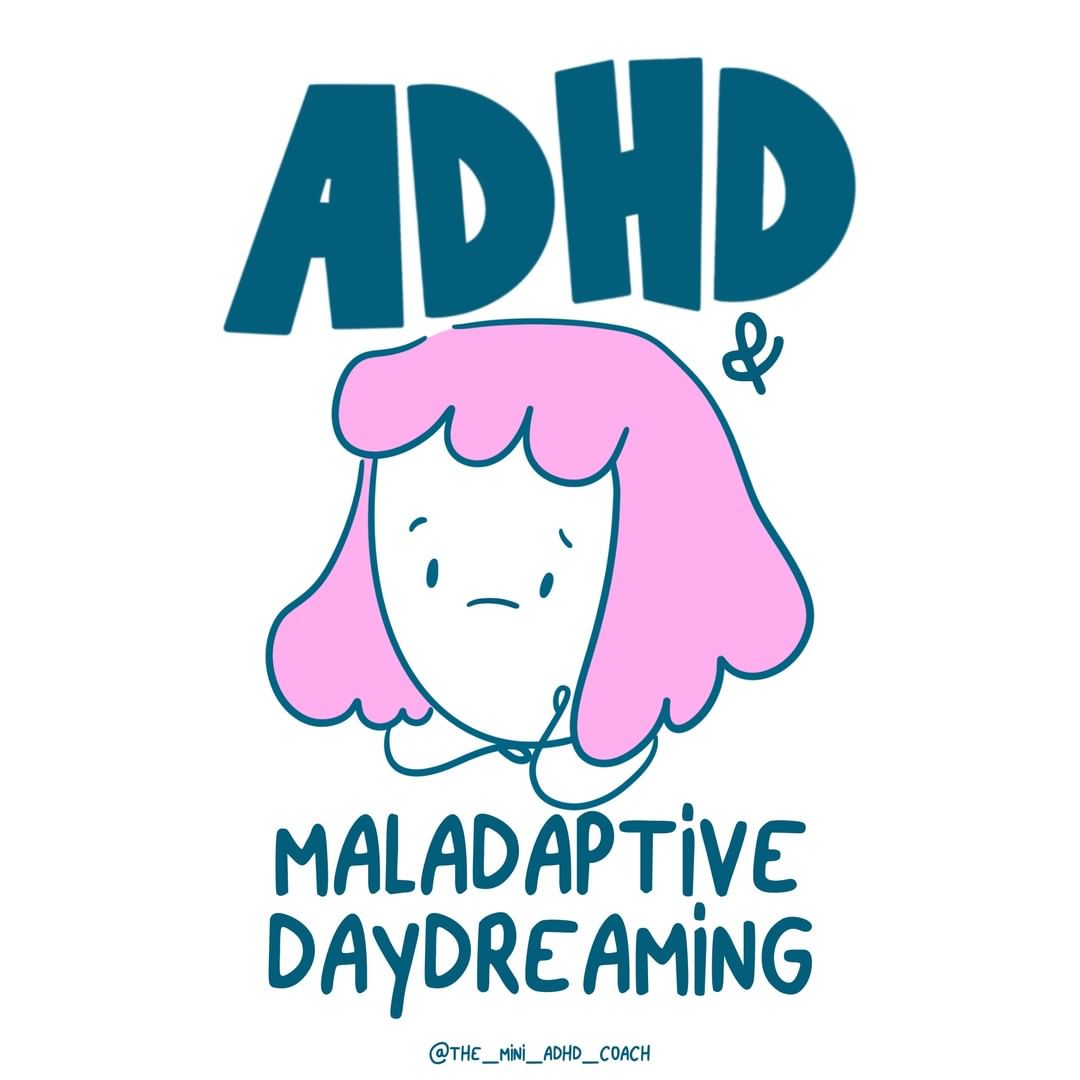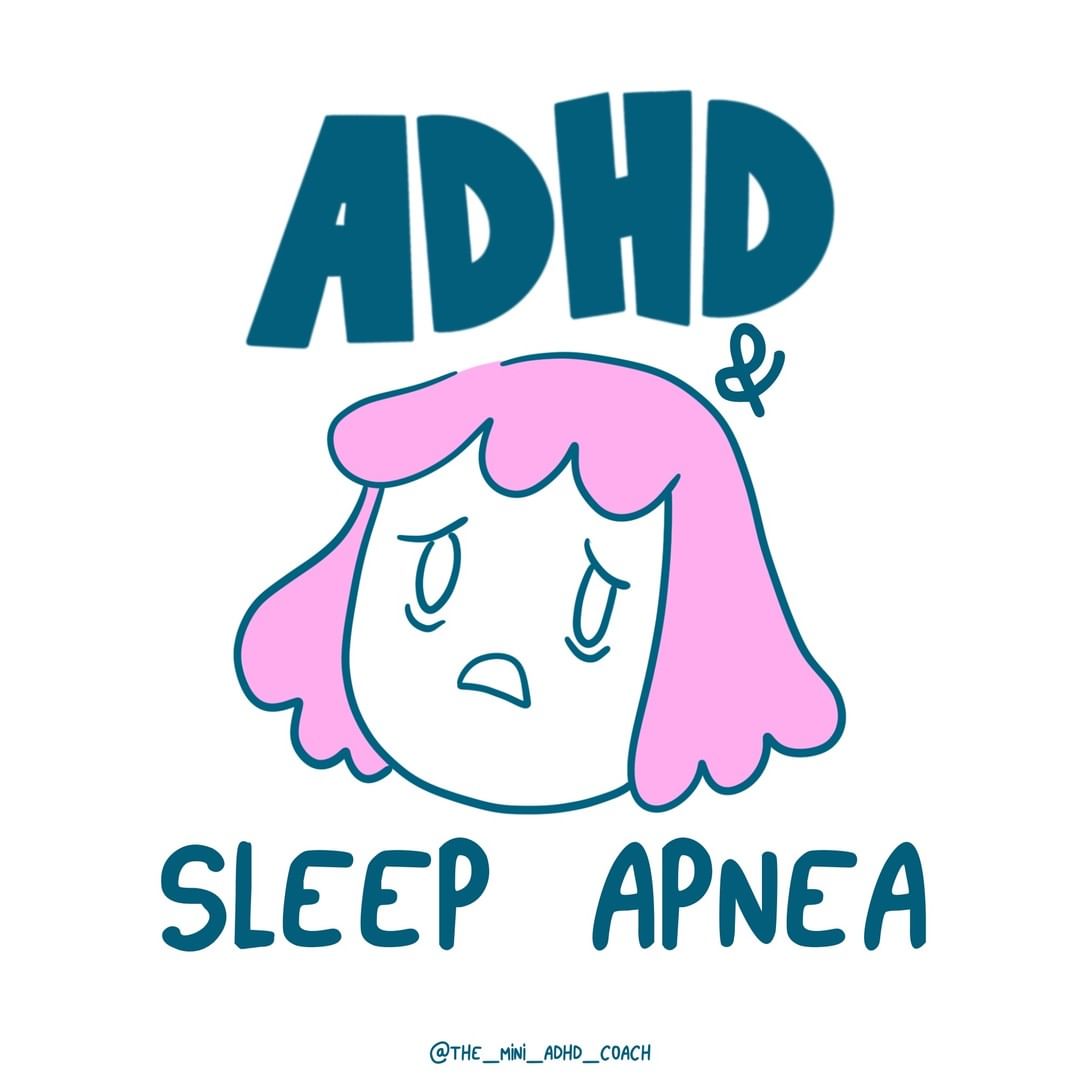Daydreaming or Distraction? The Connection Between Maladaptive Daydreaming & ADHD
Daydreaming is a universal experience, a playground for the imagination.🤩 But what happens when it goes beyond normal functioning? For those diagnosed with ADHD, daydreaming can be a common symptom, especially those with an inattentive presentation. However, there's another layer to this: maladaptive daydreaming (also referred to as MD), a term gaining traction in the field of clinical psychology.
In this article, we'll explore the intricate relationship between Attention Deficit Hyperactivity Disorder (ADHD) and MD. We'll delve into the Diagnostic and Statistical Manual's proposed diagnostic criteria for these mental disorders and discuss how they might overlap.
You'll also find insights from rigorous research and learn about the daily academic and vocational tasks that may be impacted. So, let's dive deep into immersive daydreaming and its underlying psychological factors.
What is Maladaptive Daydreaming?
Maladaptive daydreaming is more than just getting lost in your thoughts; it's an independent mental phenomenon that can significantly impact normal functioning. Unlike typical daydreams, these are highly detailed and realistic, and might even be mistaken for reality. 🤯

'Maladaptive' refers to behaviors, traits, or patterns that are counterproductive or ineffective in meeting life's challenges or achieving personal goals. In psychology and mental health, maladaptive behaviors or thoughts may initially relieve stress or anxiety but ultimately cause harm or hinder one's ability to function well in social, occupational, or academic settings.
For example, maladaptive daydreamers would likely have issues functioning within their daily life, relationships, or mental well-being, turning an otherwise normal activity into a problematic one.

Some experts in the field of clinical psychology propose that MD may be a form of dissociation, often used as a coping mechanism in response to previous trauma or emotional distress. 😞
Recognizing the Signs: Symptoms of Maladaptive Daydreaming
So, how can you determine if your fanciful daydreams are maladaptive? 🤔 Here are some telltale signs that may indicate maladaptive daydreaming may be present. 👇
- Detailed and Realistic Daydreams: Involving intricate plotlines and characters.
- Triggered by External Stimuli: Such as reading books or watching movies.
- Long Duration: These realistic daydreams can last hours, affecting normal functioning.
- Behavioral Addiction: Using daydreaming to escape depression, loneliness, and low self-esteem.
- Physical Movements: Unconscious repetitive movements during immersive daydreaming.
- Inattention: Difficulty focusing or easily getting distracted.

Take our fun online quiz to visualize your ADHD traits and learn more about your brain!
TAKE THE FREE TEST
The Connection Between ADHD and Maladaptive Daydreaming
While ADHD (Attention Deficit Hyperactivity Disorder) and maladaptive daydreaming both involve a degree of mind-wandering, they are distinct mental health disorders with unique clinical characteristics. ✅ Some experts in clinical psychology argue that MD is not secondary to ADHD, nor does ADHD predispose someone to MD.
In fact, a recent study from Ben-Gurion University and the University of Haifa supports this view, suggesting that MD may even be a more accurate diagnosis for some individuals than ADHD. 😯 Dr. Nirit Soffer-Dudek, a leading expert from the Consciousness and Psychopathology Laboratory, advocates for recognizing MD as a psychiatric syndrome in the upcoming Diagnostic and Statistical Manual of Mental Disorders (DSM VI). The researchers behind these studies argue that this inclusion would enable psychological practitioners to better diagnose and treat patients by assessing symptoms against the proposed criteria for MD. ✅

So, what are the similarities and differences? Both conditions can involve highly detailed and realistic daydreams, affecting one's ability to focus on academic and vocational tasks. However, while ADHD symptoms often include inattention and hyperactivity, the criteria for MD is more about immersive daydreams that can regularly interfere with normal functioning.
When ADHD and Maladaptive Daydreaming Co-Exist
According to the Diagnostic and Statistical Manual, maladaptive daydreaming isn't an official symptom of ADHD.
However, recent findings in the Journal of Clinical Psychology reveal that up to 77% of individuals who experience MD also have ADHD. This suggests a significant comorbidity, meaning both disorders can co-exist.

Additionally, there's a substantial overlap between this type of daydreaming and inattentive ADHD symptoms.
For example:
- Getting disproportionately upset by interruptions, such as during periods of hyperfocus
- Being easily distracted and seeming unaware of surroundings.
- Having trouble sleeping due to racing and wandering thoughts.
Maladaptive Daydreaming and Other Comorbidities
MD doesn't just keep company with ADHD; it's also been linked to other mental health disorders like Post-Traumatic Stress Disorder (PTSD), social anxiety and depression. While MD has unique clinical characteristics, more research is needed to fully understand its comorbidity with other disorders. ✍🏽

How To Take Back Control Of Daydreaming
Daydreaming can be a delightful escape, and that's totally okay! But if you find it messes with your daily life and exacerbates your ADHD symptoms, it's probably time to take action.
Here are some tailored strategies to help you manage. ⬇️
Be Mindful Of Music
Music can be a magical gateway to your daydreams, especially for those susceptible to daydreaming. If you notice certain songs fuel your fantasies, it may be time to hit pause. ⏸️Of course, you don't have to quit music altogether, but avoiding the types of music that trigger this headspace can help you resist the urge to drift away.
Schedule Your Daydreams
You can't (and shouldn't!) completely eliminate daydreaming from your life. Instead, allocate specific 'daydream time' in your day. This way, you're not constantly fighting the urge but rather managing it in a way that doesn't interfere with your daily tasks. For example, it may be when you're going to sleep 😴or on your train home after a long day at work. Just make sure this allocated time doesn’t coincide with times you need to focus, such as driving.
Set the Stage for Reality
Create an environment that's less conducive to daydreaming. Whether keeping your workspace clutter-free or setting up reminders to stay focused, small changes can make a big difference.
Sleep Properly
Poor sleep quality and fatigue can make ADHD symptoms and daydreaming worse. Make sleep a priority to help keep your daydreams in check. 👍
Get Professional Support
If your daydreams start to feel more like disassociation, especially if you have a history of trauma, it's crucial to consult a healthcare professional. They can offer a structured diagnostic interview and guide you through the complexities of ADHD and MD. 💕
There's also a growing focus in contemporary psychotherapy on daydreaming as a coping mechanism, making a psychotherapist another good option for support. If you're dealing with maladaptive daydreaming linked to past trauma, a specialized trauma therapist can help you get to the root of the issue.

Conclusion
Daydreaming can be a delightful escape, a mental vacation when life gets tough. 😎But remember, not all daydreams are created equal. The key term here is 'maladaptive.' Often find yourself frequently lost in highly detailed and realistic daydreams that disrupt your daily activities or exacerbate inattentive symptoms? If so, it might be time to pause and ask yourself - 'what am I trying to escape from?' 🤔
There's a growing call in the field of clinical psychology for rigorous research to better understand MD and its proposed diagnostic criteria. But until then, don't be afraid to reach out to a health professional or therapist with knowledge of the subject - they can help you explore the underlying issues contributing to your daydreaming. This is especially important as findings suggest a complex clinical picture for those diagnosed with ADHD and suspected MD.
Acknowledging the issue is the first step towards a better diagnosis and healthier you. You're already doing great by seeking to understand what's going on. Keep pushing forward, ⏩and don't hesitate to reach out for the support you need.
Visualize and assess 25 ADHD traits and understand how they affect your life.
Learn more-2.png)
ADHD and Maladaptive Daydreaming: FAQs (Frequently Asked Questions)
Is maladaptive daydreaming a symptom of ADHD?
No, maladaptive daydreaming is not a symptom of Attention Deficit Hyperactivity Disorder (ADHD). While both conditions may involve inattention symptoms, they are distinct. Maladaptive daydreaming is currently being studied for recognition as a formal psychiatric syndrome, separate from ADHD.
Does ADHD cause excessive daydreaming?
ADHD itself doesn't cause daydreaming, but some symptoms of ADHD, like distractibility, could potentially make one more prone to daydreaming. However, it's crucial to note that not everyone with an ADHD diagnosis will experience excessive or maladaptive daydreaming.
Is maladaptive daydreaming a mental illness?
The classification of maladaptive daydreaming as a mental health disorder is still under debate within the scientific community. Some researchers suggest that it should be recognized as a formal psychiatric syndrome. Still, it has not yet been formally classified as such in the Diagnostic and Statistical Manual. Future research may provide a better diagnosis framework for this condition.






